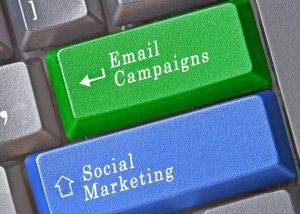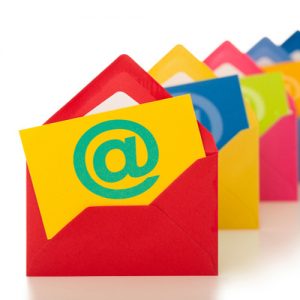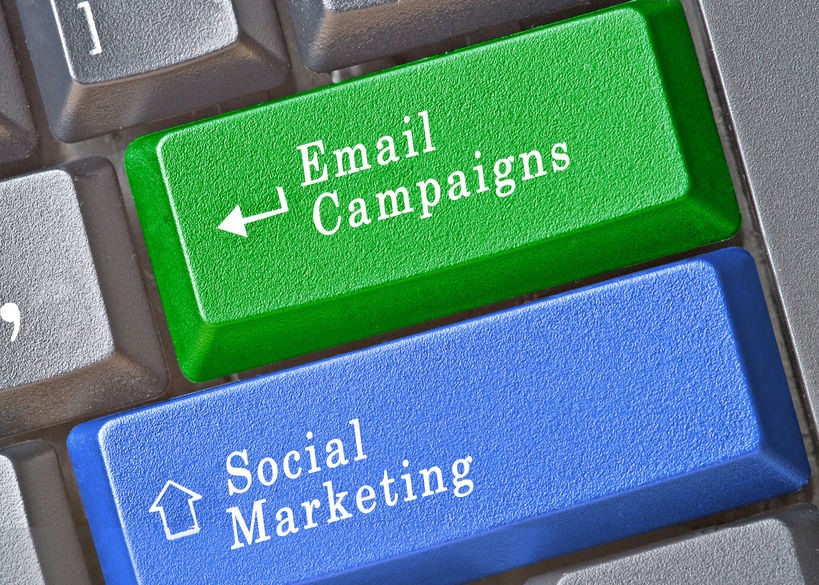
Despite the constant parade of new communication apps and technologies, email is still a messaging mainstay. In fact, 86% of professionals prefer to use email when communicating for business purposes. While there are a variety of factors that impact the success of email campaigns, here are some best practices to help you generate the higher response and engagement rates you seek.
Tips for Winning Email Campaigns

- Develop and cultivate a targeted subscriber list. Before you write content for your email campaign, make sure you have a viable and current recipient list. Delete outdated contacts. Verify email addresses to reduce bounce-backs. Use specific criteria to add new names and develop segmented lists.
- Create compelling content. Good content is the foundation of every campaign. First, determine the purpose of your communication. What do you want readers to learn or do? From there, develop content that supports that purpose. Create an emotional connection. Highlight industry statistics. Demonstrate relevancy of your content while showcasing your expertise. When it comes to email, readers may only skim for a few seconds before clicking on the next email. So be concise, and stay within a recommended 50-125 words.
- Focus on subject lines. An engaging, interesting and compelling subject line can make or break an email campaign. It needs to be informative and catchy, while still leaving enough unsaid so your recipient will want to open your email to learn more. Experiment with statistics, questions, or calls to action. Personalize the subject line with the recipient’s name or company name. A recent study by SendGrid subject lines of between three and six words perform best. Get creative, have fun, and ask colleagues or other stakeholders which subject lines draw them in.
- Include a call to action. Whether you put it in the subject line, at the start of your email or in a graphic, every email needs a call to action. It’s the reason for sending the email in the first place. Experiment with placement, and design your call to action to keep it front and center for readers. According to Campaign Monitor, including a call-to-action button instead of a text link can increase conversion rates by as much as 28 percent.
- Advocate your brand. As with all marketing messaging, content should be representative of your company’s brand and mission. Email marketing provides an important way to reinforce the “voice” of your company. After all, you’re connecting to your prospects directly via their inbox. It’s personal. Develop branded content that resonates with your company’s vision, service and product but also connects emotionally with your audiences.
- Design effectively. A good rule of thumb for effective design is 70% text and 30% graphics. However, different types of email campaigns require different methods. Sometimes a single, punchy graphic is best if you’re advertising or announcing a promotion. Other times, you may need to develop in-depth messaging to support thought leadership. Utilize a design that correlates to your email’s purpose.
- Personalize the emails. Research shows that emails that include the first name of the recipient in the subject line have higher clickthrough rates than emails that do not. Personalization, however, isn’t just about including a name or company name in each email. Go a step further and research your prospects ahead of time. If you take the time to develop specific messaging, that touch of personalization goes a long way.
- Use varied distribution. A lot has been written about the best times to send emails. According to Hubspot’s research, 11 a.m. ET has the highest clickthrough rate for email sends. Wordstream conducted a study that concluded marketers who send emails on Tuesdays get the highest open rates. This research may or may not correlate with your experience. Test different times, methods and segments of distribution to discover what works for your readers.
- Optimize for mobile. It’s official: emails are now opened more on mobile than they are on desktop computers. With a statistic like that, it’s impossible to ignore the reality of mobile optimization. Many email marketing programs such as MailChimp or ConstantContact automatically optimize for mobile. Emails that display incorrectly on mobile may be deleted within three seconds, so test on all devices to ensure your emails are easily viewable.
Best Practices

While these suggestions represent some of the known best practices in email marketing, remember, no two campaigns will work the same. Do your best to understand your audience, and make sure you have a goal in mind. From there, measure engagement, test new tactics and adjust accordingly to develop results-oriented, winning email campaigns.

